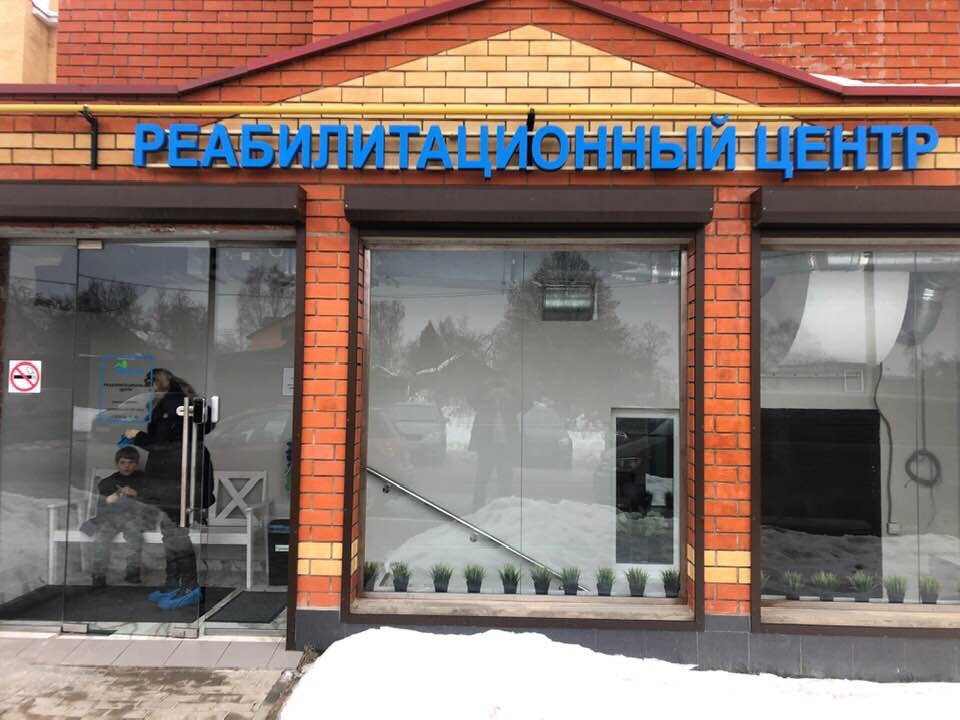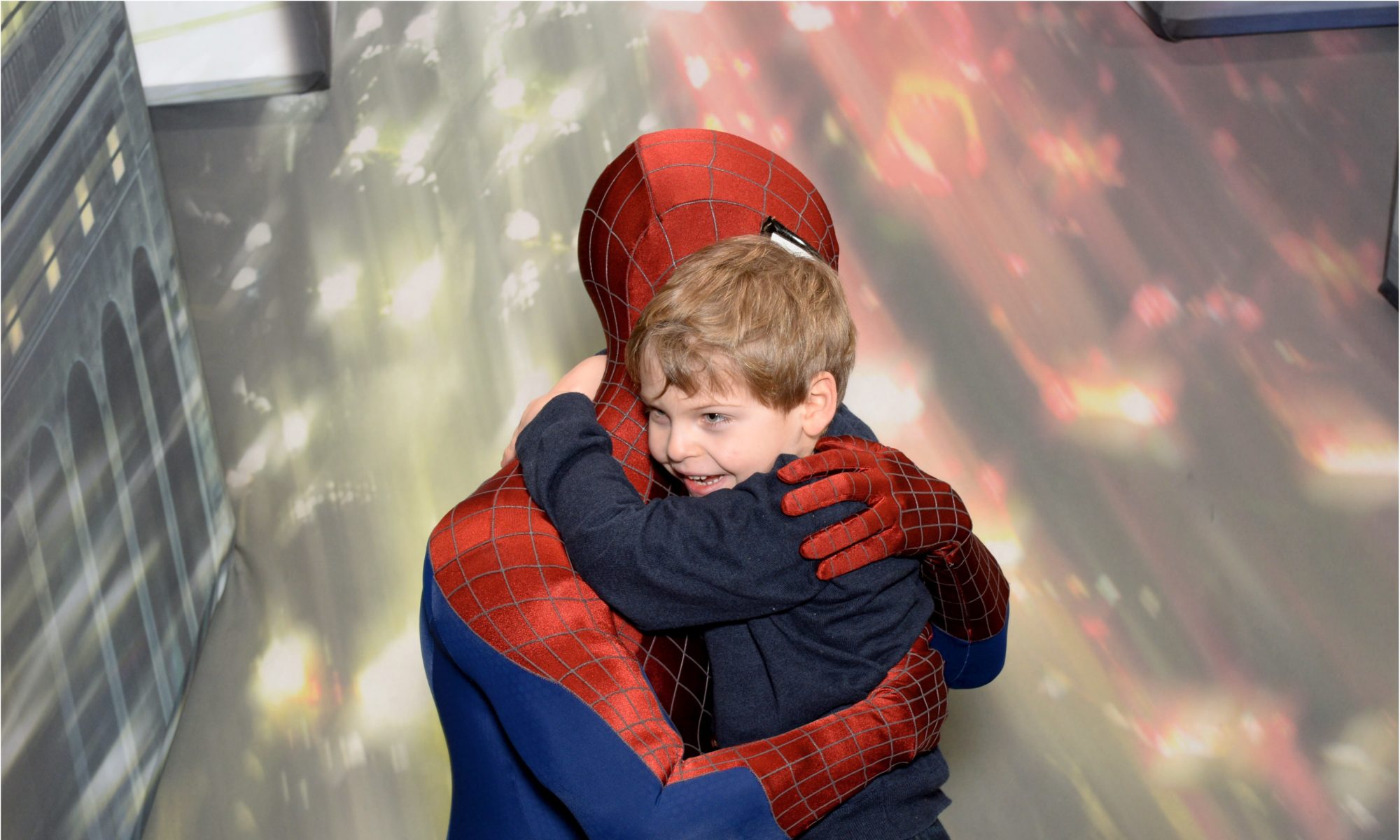
1)clinic clinic is located 25 km from Moscow,
MOSCOW REGION, ISTRINSKY AREA, PAVLOVSKAYA SLOBODA, Lesnaya STR, 8
Facebook in Russian:
https://m.facebook.com/CenterRehaline/
For contact and coordination, please send a letter to:
medsyst@hotmail.com,
Dr. Evgeny Bugorsky
2) they can take children’s with CP only from 6 years old ( child need to cooperate during pt therapies with using Pons) and it’s intense therapy program.
3) they can give Pons only for 3 months ( rent) it’s standardization of protocol as I understood …14 weeks….
So our experience in Moscow clinic is really good ( very professional aproach on my point of vue) and really good intensive therapies. And I was in a lot of intensive clinics already…. they really work well. If your child is not able to do 4 hours training per day please tell them that it’s too intense for him ( you think)…. I am sorry but with cp yes we have to work and train a lot children’s…..

My son definitely progressed with PoNS Device but it’s difficult to notice in 2 weeks
His balance improved
Coordination improved
His posture improved
His hip position improved
( so I can say that he definitely progressed because we started to use Pons in March 2018) and yes travel to Moscow was our second intensive for Pons treatment….
What I have to say : if you speaks only English it could be a bit difficult ( 99% of Russian population don’t speaks English ok?) and it’s normal 99% Usa populations speaks also only one native language 😉 so if Russian come to USA they have or to face this difficulty or to take personal guide….
So what I advice you – if you going to travel to clinic near Moscow -I advice – to take translater services ( ask this possibility in clinic may be) if you want to have somebody with you during time you are not in clinic ( lunches / evenings and Sunday so than you will have somebody who can help you to call taxi / do shopping etc…)
We stayed in Istra ( we took chamber in part of building where they have lift it’s important for parents with child on wheelchair… but it’s not standard rooms in this part of building) in standard rooms you will have stairs and you can’t take them with not walking child.
We had also possibility to go to swimming pool before 18h every evening in near building ( not same building about 100 meters walk) they have also jacuzzi and sauna their. ( you need to get medical certificat in order to be acsepted to swimming pool it’s easy check in nearest building where they have medical staff ( but for sure you need to understand haw to do this 10 minutes checking of your skin -so you need speak Russian or need somebody who will translate)…..
You can stay in the clinic appartement ( it’s the same building) it’s fully equipped appartement (yes they have handicap entrance) plese see on photos the degrees of angle to puch wheelchair and if it’s ok for you…

If you want photos of 3 chambers of appointment ( ask me in private).
We tried 3 different shopping areas (near by clinic) honestly we was happy to eat lunch in this area :
Pavlovo Podvorie ( in area they have a lot of restaurants -we loved « Chaihana ») as well as a lot of shops/ pharmacy / foods store etc…)
chaihana resto:

and we visited very interesting Biggest private museum in Europe for old mechanics ( cars/tanks/ motorcycles /planes etc…..) very very impressive 😉
It’s only 20 minutes taxi drive from clinic worth to visit ( they have possibility for wheelchairs entrance and lift in museum)
So if you have questions ( contact me)….I will answer when I have time 😉
see also this Great video:
Really good explanation about Pons by Yuri Danilov
And a lot of examples at the end of video so if you can’t read scientific studies lisen videos :
https://www.pbs.org/video/university-place-modern-neuroehabilitation-ep-440-1/
But for somebody who love read studies: here study which explains really good haw to use PonNS device:
https://www.ncbi.nlm.nih.gov/books/NBK299239/
« PoNS is an apparatus for translingual electrical stimulation of the brain that enhances the brain’s natural ability to repair damaged areas and form new functional pathways.
A new innovative method of using peripheral neurostimulation for neurorehabilitation was presented at the World Congress on Psychophysiology in St. Petersburg in 2010. This method was developed at the University of Wisconsin, USA, in a laboratory headed by renowned scientist Paul Bach-Rith, one of the founders of the modern concept of neuroplasticity. In the laboratory of tactile communication and neurorehabilitation, a device was developed for electro-tactile stimulation of the tongue, which made it possible to significantly increase the susceptibility of the human brain to the restoration of lost functions. At the moment, the device has the name portable neurostimulator (PoNS). This is a new generation device for peripheral neurostimulation, based on electro-tactile stimulation of human skin in the most densely innervated tactile region – the language. The language is technically preferable for electrical stimulation, since the oral cavity provides more favorable conditions, such as a constant level of acidity, a constant temperature, conductivity and humidity, as well as lower thresholds of excitability compared to other skin areas » – (Kaczmarek, KA) spatiotemporal pattern presentation // Scientia Iranica D. 2011. Vol. 18. P. 1476-1485; Tyler ME, Kaczmarek KA, Rust KL, Subbotin A. M., Skinn KL, Danilov YP Non-invasive neuromodulation to improve gait in chronic multiple sclerosis: a randomized double blind controlled pilot trial // Journal of NeuroEngineering and Rehabilitation. 2014. P. 11-79).
« The method of neurorehabilitation is based on the activation, first of all, of the structures of the brain stem and cerebellum, by means of electrical stimulation of the anterior surface of the tongue. According to literary data, about 20–25 thousand neural fibers deliver nerve impulses from the anterior surface of the tongue (stimulation area about 7.5 cm) to the brain stem.
The principle of the device is based on brain neuroplasticity. The front surface of the tongue is unique. It contains the epithelium, relatively thin in comparison with the skin, 300–400 microns thick, saturated with various types of receptors, as well as a zone with free nerve endings located in the depths. This zone with the maximum density of mechanoreceptors has a minimum two-point discrimination threshold: 0.5 – 1 mm for mechanical stimulation and 0.25 – 0.5 mm for electrical stimulation. The two main nerves from the tip of the tongue provide information flows directly into the brain stem, activating the complex of nuclei of the trigeminal nerve, which travel from the spinal cord to the middle. Nearby is the solitary nucleus, here the reticular formation of the brain stem and 3 pairs of legs of the cerebellum.
As is known, this zone of the brain stem has a large accumulation of nuclei, half of which are responsible for the autonomous regulation of blood circulation and respiration, and the second half – for sensorimotor regulation. Intensive rhythmic stimulation of neurons leads to a corresponding activation of synaptic contacts and axons, including the entire complex of pre- and postsynaptic neurochemical mechanisms. Stimulation from the Pons device enhances the brain’s innate ability to enhance its function.
The purpose of stimulation: to restore motor function or to teach new motor skills.
Combining brain activation with targeted physical training aimed at restoring a lost function or teaching new skills, like cerebral palsy in children who cannot sit, stand, walk, may activate the nerve pathways directly associated with locomotor function
(Kaczmarek, KA The tongue display unit for electrotactile spatiotemporal pattern presentation // Scientia Iranica D. 2011. Vol. 18. P. 1476-1485).
https://www.sciencedirect.com/science/article/pii/S1026309811001702
